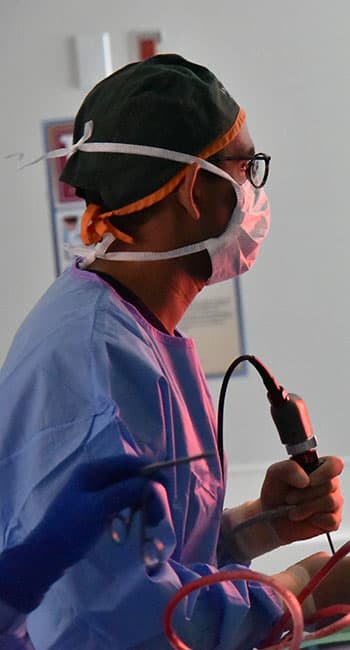
Skull base tumors are tumors that are located in the sinuses or tumors that extend from the brain into the sinuses. These tumors can be benign or malignant, and there are a number of types. The specific type of tumor is key in determining the right course of treatment.




